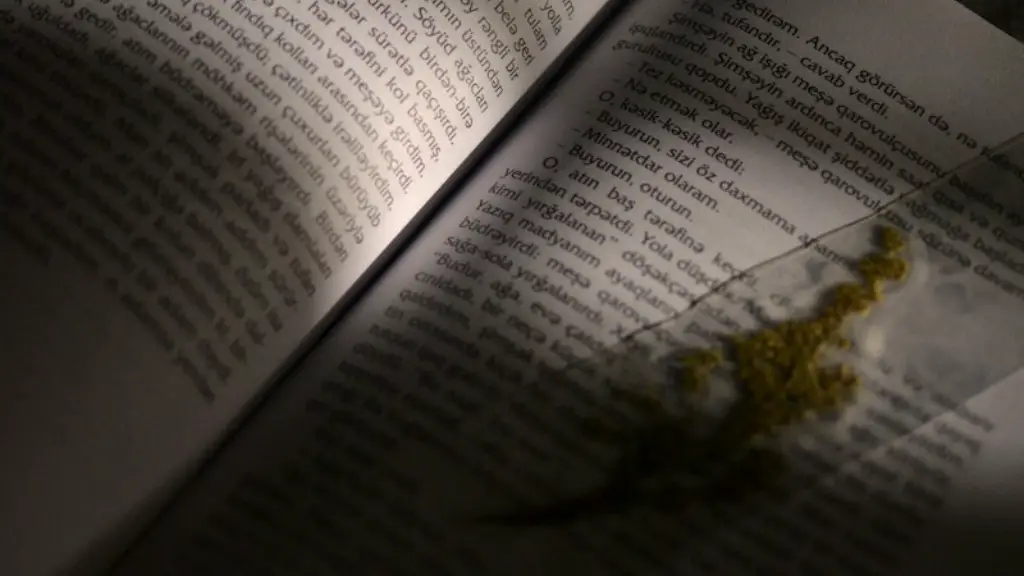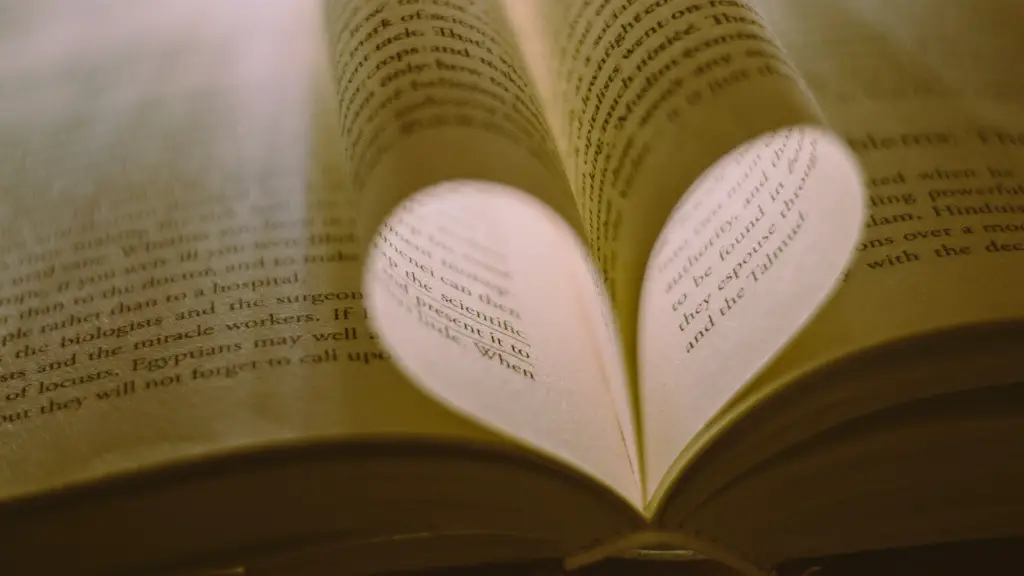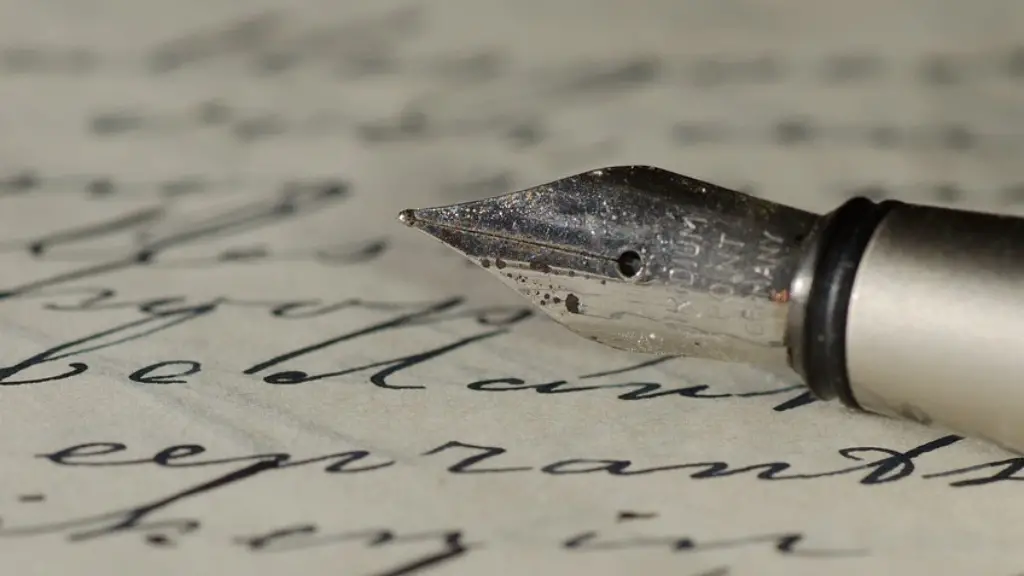Introduction
In literature, devices are literary tools used by authors to bring about a certain effect in their writing. Devices in poetry generally play an important role in helping poets communicate their message. Whether it’s the use of symbolism, alliteration, or imagery, devices can be used to enhance a poem in a subtle yet effective way. But what exactly are devices in poetry and how do they work? This article seeks to answer these questions.
What is a Device?
A device is a technique used to help authors achieve a desired effect. In poetry, common devices include metaphor, simile, alliteration, hyperbole, imagery, and symbolism. All of these devices help poets to convey their feelings and ideas in a creative and more effective way. For example, a metaphor can be used to describe something that’s not quite tangible in an imaginative and memorable way. Similes can be used to make abstract concepts easier to visualize, and alliteration can add a sense of rhythm and flow to a poem. On the other hand, hyperboles can be used to emphasize the importance of an idea. Meanwhile, imagery and symbolism can be used to make a poem more interesting or to give it a deeper meaning.
Benefits of Using Devices in Poetry
Devices in poetry can be seen as a way for poets to express themselves. By using devices, poets are able to paint a vivid picture of their feelings and ideas that can be appreciated more easily. Through the use of poetic devices, a poem can become more lyrical and vivid, its meaning can be enhanced and its impact can be greater. Additionally, using devices can help poets make their poem stand out from other pieces, as they can help create an atmosphere that is both evocative and captivating. Furthermore, using devices can help poets to make their ideas more clear and understandable to readers. All of these are great benefits of using devices in poetry.
Types of Devices in Poetry
Metaphor is one of the most common devices used in poetry. It involves stating one thing to represent another, in order to make a comparison between the two. For instance, the phrase “he is a lion” would be a metaphor, as it compares a person to the animal. Another common device in poetry is simile, which is also a type of comparison, except it uses the words “like” or “as’ to compare two things. For example, “his heart was like a river” is a simile. Alliteration is a device in which the same sound is repeated multiple times in a line or a stanza. Imagery is when a poet creates a vivid picture in readers’ minds through the use of words. Symbolism is when a physical object represents something else, while hyperbole is an exaggeration used to emphasize a point. These are some of the most common devices used in poetry.
How to Use Devices in Poetry
Using devices in poetry can be a challenge, as it requires the poet to think carefully about what they are trying to say. It involves finding the right words to express themselves in a poetic and meaningful way, and understanding how to use the devices effectively. For instance, symbols should be chosen wisely to ensure the poet does not lose the plot of the poem. Additionally, a metaphor should be used carefully and not be overused, as it can lead to confusion. Overall, it is important to practice and experiment with the use of devices in poetry.
Examples of Devices in Poetry
One of the most famous examples of a device in poetry is John Donne’s poem “No Man is an Island”. Throughout the poem, Donne uses metaphors to illustrate the idea of interconnectedness between people. For instance, he compares a person to “a clod of duty” to convey how all people are reliant on one another. In the poem “The Road Not Taken” by Robert Frost, the poem’s title is actually a metaphor. In the poem, the “road” symbolizes a person’s life choices and how those choices can lead to an individual’s destiny. Both of these poems provide excellent examples of the use of devices in poetry.
Analysis of Devices in Poetry
Devices in poetry are essential tools for poets as they are used to bring about a certain effect. They can be used to create vivid and evocative imagery, to emphasize a mood, or to make a point more effectively. Devices can also help poets to convey their feelings and opinions in an interesting and creative way. As such, devices are important elements of writing, and poets should take the time to learn how to use them properly.
Conclusion
Devices in poetry can be used to great effect and can help poets express their ideas in a more effective way. Through the use of devices, poets are able to convey their feelings and meanings in a more vivid and lyrical way. Additionally, devices can help to make a poem more memorable and powerful. Understanding what devices are, how to use them, and why they are beneficial is crucial for creating a standout poem.


